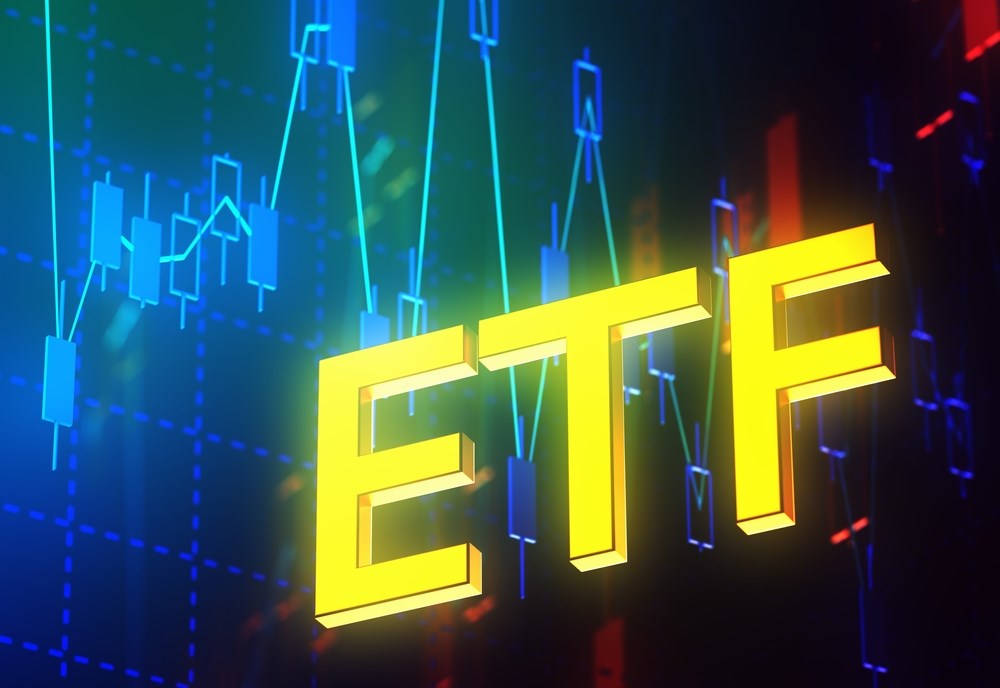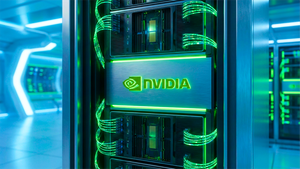
Constructing a long-term investment portfolio can be a lot like building a house.
First, you pour in the foundation. These are the tried and true pillars that have been around for decades — and ideally, are highly liquid. For investors that prefer exchange traded funds (ETFs), this may include the SPDR Dow Jones Industrial Average ETF (DIA), the SPDR S&P 500 ETF (SPY) or the Invesco Nasdaq 100 ETF (QQQ). Depending on risk tolerance, these are often complemented with some bond ETFs.
In the main part of the house, there’s room for different asset classes that improve diversification. Allocations to developed international markets, emerging markets and U.S. small caps are common. Maybe a real estate investment trust (REIT) fund or a commodities fund.
Top it all off with smaller weightings in a few ‘specialty’ funds that target a more specific investment class or theme. These are designed to further improve diversification and bring ‘alpha,’ or excess returns, to a portfolio.
It sounds simple, but with more than 3,000 ETFs available these days, searching for the right investments can be daunting. Getting the initial groundwork laid is manageable — but with so many specialized ETFs popping up, adding the finishing touches is hard.
Artificial intelligence, fintech, cybersecurity, clean energy and electric vehicles are popular themes — and certainly worthy of consideration. But investors should not forget the more tenured, fundamentally-driven investment themes that have been highly successful over the years.
Make room in the blueprints for these two specialized ETFs.
What Does it Mean to Have an Economic Moat?
The VanEck Morningstar Wide Moat ETF (BATS:MOAT) appropriately conjures up images of castles and drawbridges because it invests in companies with sustainable competitive advantages, or “moats.” A moat can stem from being bigger, having lower costs, intellectual property (such as patent protection) or other economic advantages.
Combined with its second major tenant, attractive valuation, the fund has generated market-topping returns since its April 2012 inception. Through June 30, 2023, MOAT is up 14.5% on an annualized basis compared to 13.3% for the S&P 500 Index. The outperformance year-to-date (22.8% versus 16.9%) has been particularly impressive.
Despite the strong track record, MOAT is inexpensive as far as specialty ETFs go. The $424 billion fund’s 0.46% expense ratio is a price worth paying to gain exposure to a unique set of companies that is difficult to replicate on an individual stock basis.
MOAT currently holds 54 large-cap equities but, unlike most U.S. large-cap funds, is not heavily weighted towards mega-cap technology names. Whereas Apple, Microsoft, Alphabet and Amazon represent about 20% of SPY, MOAT has a 5% weighting in these names — and doesn’t hold Apple, a rarity among S&P 500 benchmarked funds. Instead, less familiar companies like Transunion, Tyler Technologies and Ecolab are MOAT’s lead horses, with no one stock commanding more than a 2.7% weight.
Why Are ‘Cash Cows’ Attractive Investments?
The Pacer US Cash Cows 100 ETF (BATS: COWZ) holds companies that have high free cash flow yields. Free cash flow is cash that is left over after operating expenses, debt interest, taxes and long-term investments. It can be put towards shares repurchases, dividends or acquisitions. When divided by share price, it becomes free cash flow yield.
From a fundamentals standpoint, this stable of so-called “cash cows” is attractive because its companies generate more cash than is required to run their businesses. This means more cash for growth projects or things that enhance shareholder value.
The COWZ investment process is simple. Start with the Russell 1000 list of companies. Screen for the 100 companies with the highest free cash flow yields over the trailing 12-month period and weight them by this metric (with a maximum weight of 2%). The result: a 100-stock portfolio with a free cash flow yield more than triple that of the Russell 1000.
The fund’s 0.49% expense ratio is reasonable, if not cheap considering the long-term outperformance. COWZ has produced a 12.9% annual return since its December 2016 launch, outpacing the Russell 1000 Index by more than 1%.
Energy comprises the biggest chunk of the sector pie at 35%. This makes sense considering the strong free cash flow generated by oil and gas producers like Marathon Petroleum, Valero Energy and Cheniere Energy. The strategy has underperformed in 2023, which could make it a good time to ‘milk it for all it’s worth.’



